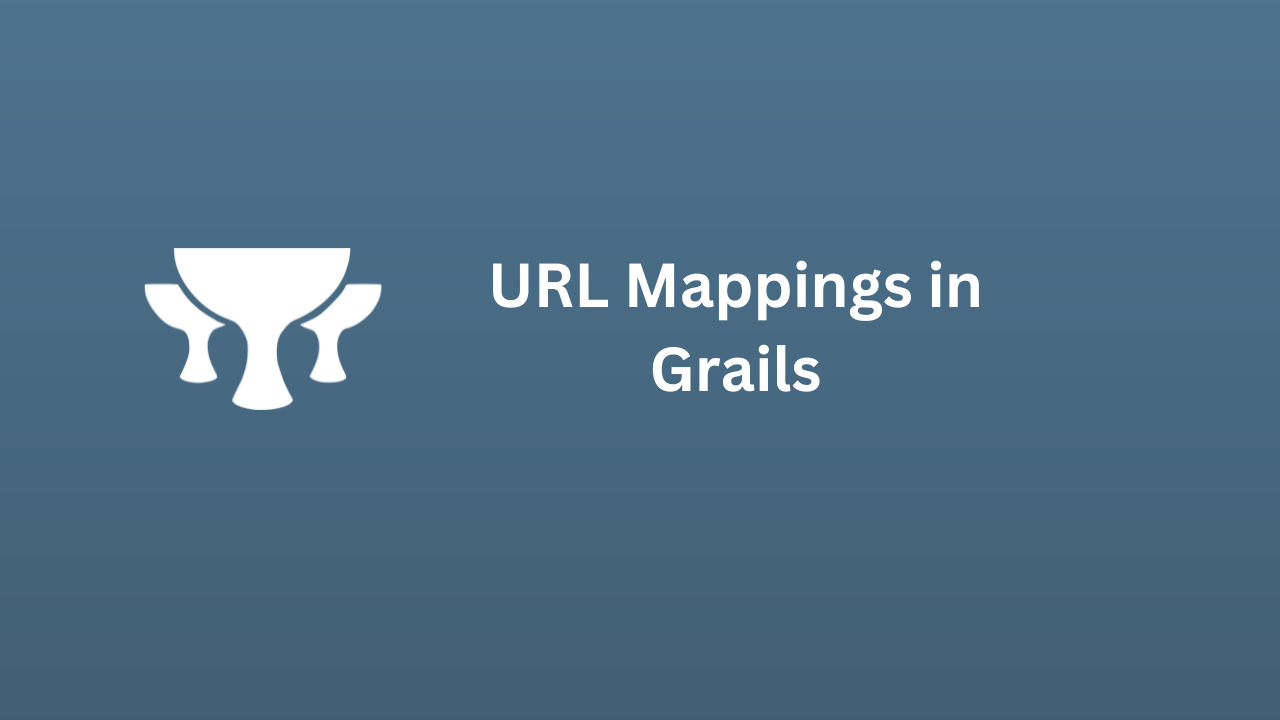“Master advanced URL mappings in Grails, including dynamic URL mappings, named mappings, and constraints. Learn how to create flexible, user-friendly routes with detailed examples and code snippets.”
URL mapping is a vital aspect of Grails that allows developers to define how URLs are routed to controllers and actions. While Grails offers simple mappings out of the box, advanced features such as dynamic URL mappings, named mappings, and constraints give you precise control over your application’s routing. This blog explores these advanced concepts with detailed explanations and code snippets.
What Are URL Mappings in Grails?
In Grails, URL mappings are defined in the grails-app/controllers/UrlMappings.groovy file. They determine how HTTP requests are routed to specific controllers, actions, and parameters. URL mappings improve flexibility, allowing you to create clean and user-friendly URLs while separating your URL structure from your internal application logic.
Dynamic URL Mappings
Dynamic URL mappings use placeholders to capture portions of the URL as variables. This feature is useful for creating reusable routes that adapt to user input.
Example: Capturing Dynamic Parameters
In the UrlMappings.groovy file:
class UrlMappings {
static mappings = {
"/book/$id"(controller: "book", action: "show") {
constraints {
id(matches: /\d+/) // Ensure 'id' is numeric
}
}
}
}
Explanation:
"$id": Captures a dynamic segment from the URL.controller: "book": Maps the request to theBookController.action: "show": Calls theshowaction inBookController.constraints: Ensures theidis numeric using a regular expression.
Using Dynamic Parameters in the Controller
In BookController.groovy:
class BookController {
def show(Long id) {
def book = Book.get(id)
if (book) {
render(view: "show", model: [book: book])
} else {
render(status: 404, text: "Book not found")
}
}
}
URL Example:
http://localhost:8080/book/1
This maps to the show action and retrieves the book with ID 1.
Named Mappings
Named mappings provide a way to assign a name to a URL mapping. These names can be used in GSP views or controllers to generate URLs dynamically, ensuring consistency across the application.
Example: Defining Named Mappings
In the UrlMappings.groovy file:
class UrlMappings {
static mappings = {
name bookDetails: "/book/details/$id"(controller: "book", action: "details")
}
}
Using Named Mappings in GSP
In your GSP view:
<g:link mapping="bookDetails" params="[id: book.id]">
View Details
</g:link>
This generates a URL like http://localhost:8080/book/details/1 dynamically.
Using Named Mappings in Controllers
In a controller, you can use the createLink method:
def link = createLink(mapping: 'bookDetails', params: [id: 1])
println "Generated URL: $link"
Benefits of Named Mappings:
- Decouples the URL structure from your views and controllers.
- Makes it easier to change URLs without updating multiple references.
Constraints in URL Mappings
Constraints allow you to enforce specific rules on URL parameters. This ensures that only valid requests reach your controllers.
Example: Applying Constraints
In the UrlMappings.groovy file:
class UrlMappings {
static mappings = {
"/profile/$username"(controller: "user", action: "showProfile") {
constraints {
username(matches: /^[a-zA-Z0-9_-]{3,15}$/) // Username must be 3-15 characters, alphanumeric, with underscores or dashes
}
}
}
}
Explanation of Constraints:
matches: Specifies a regular expression to validate the parameter.- Constraints are applied to dynamic parameters and ensure that invalid requests are not processed.
URL Example:
- Valid:
http://localhost:8080/profile/john_doe - Invalid:
http://localhost:8080/profile/!!invalid
Combining Dynamic URL Mappings, Named Mappings, and Constraints
You can combine these features to create powerful and flexible routing configurations.
Example: Combining Features
In UrlMappings.groovy:
class UrlMappings {
static mappings = {
name blogPost: "/blog/$year/$month/$slug"(controller: "blog", action: "show") {
constraints {
year(matches: /\d{4}/) // Four-digit year
month(matches: /0[1-9]|1[0-2]/) // Two-digit month
slug(matches: /[a-z0-9-]+/) // Alphanumeric slug with dashes
}
}
}
}
Using Combined Mappings
In a GSP view:
<g:link mapping="blogPost" params="[year: 2024, month: '12', slug: 'advanced-url-mappings']">
Read Blog Post
</g:link>
This generates a URL like:http://localhost:8080/blog/2024/12/advanced-url-mappings
Debugging URL Mappings
To debug your URL mappings, use the following command:
grails url-mappings-report
This provides a report of all the defined mappings and their corresponding actions.
Best Practices for Advanced URL Mappings
- Keep Mappings Simple: Avoid overly complex mappings that are hard to maintain.
- Use Constraints Wisely: Ensure only valid requests are routed to your controllers.
- Leverage Named Mappings: Use named mappings to maintain consistency and ease of refactoring.
- Document Your Mappings: Include comments in the
UrlMappings.groovyfile to explain complex mappings.
Conclusion
Advanced URL mappings in Grails, including dynamic URL mappings, named mappings, and constraints, provide powerful tools to control how requests are routed in your application. By mastering these features, you can create flexible, user-friendly URLs that enhance the overall experience for both developers and users.
Start implementing these techniques in your Grails projects to take full advantage of its routing capabilities. Happy coding!

